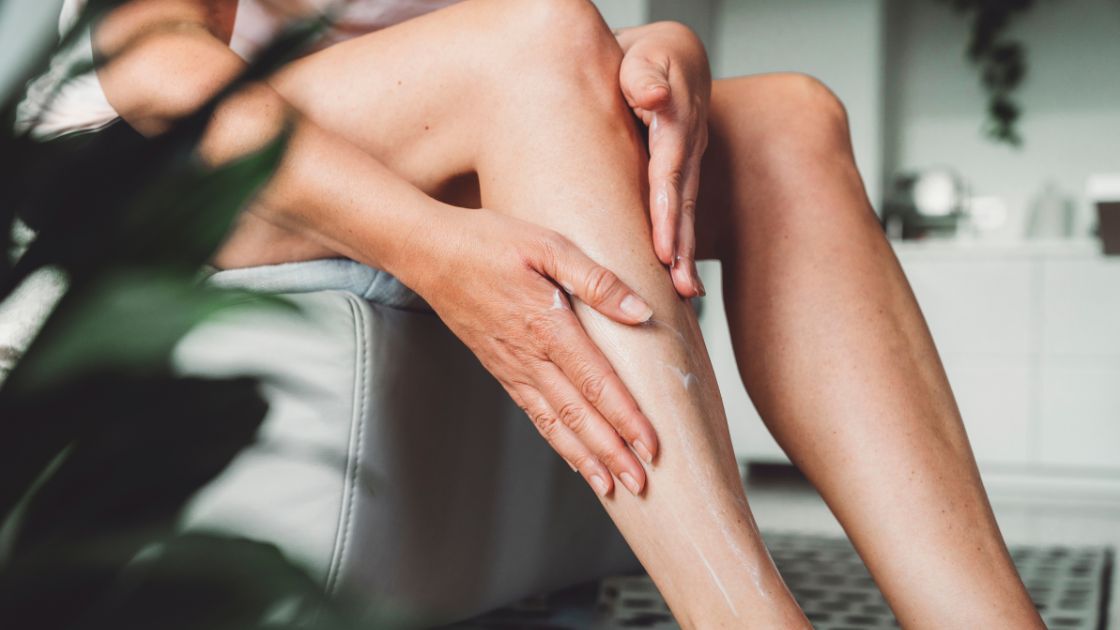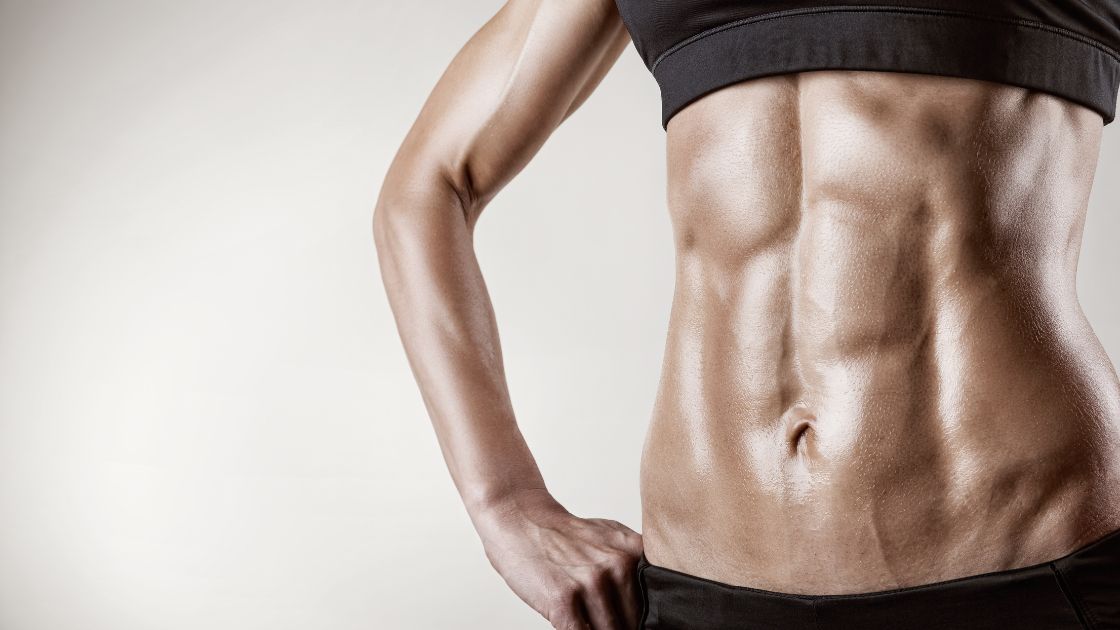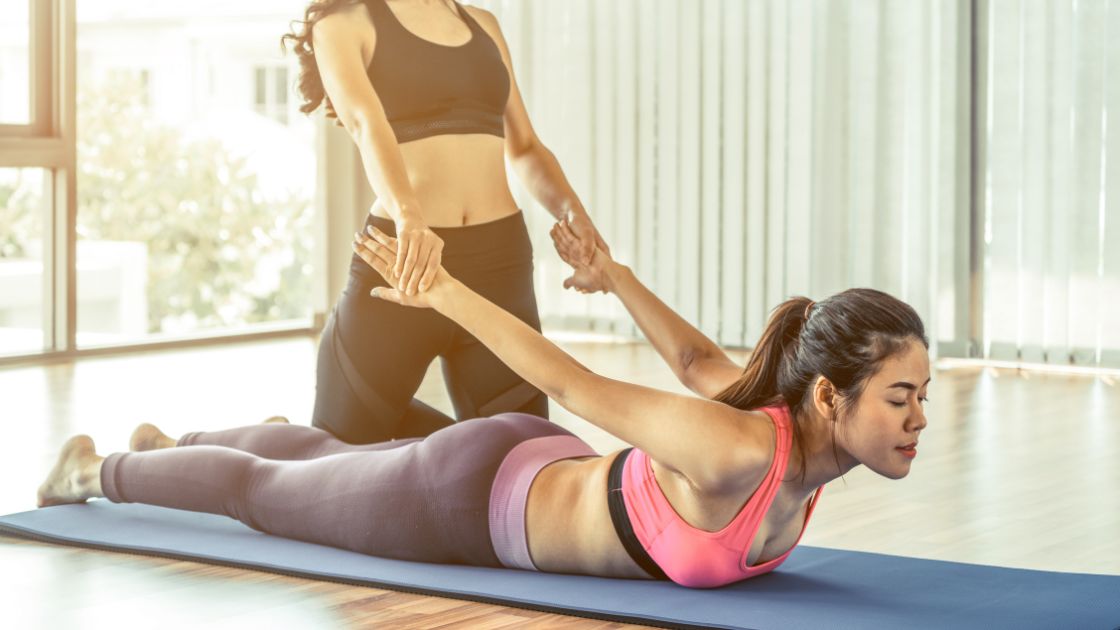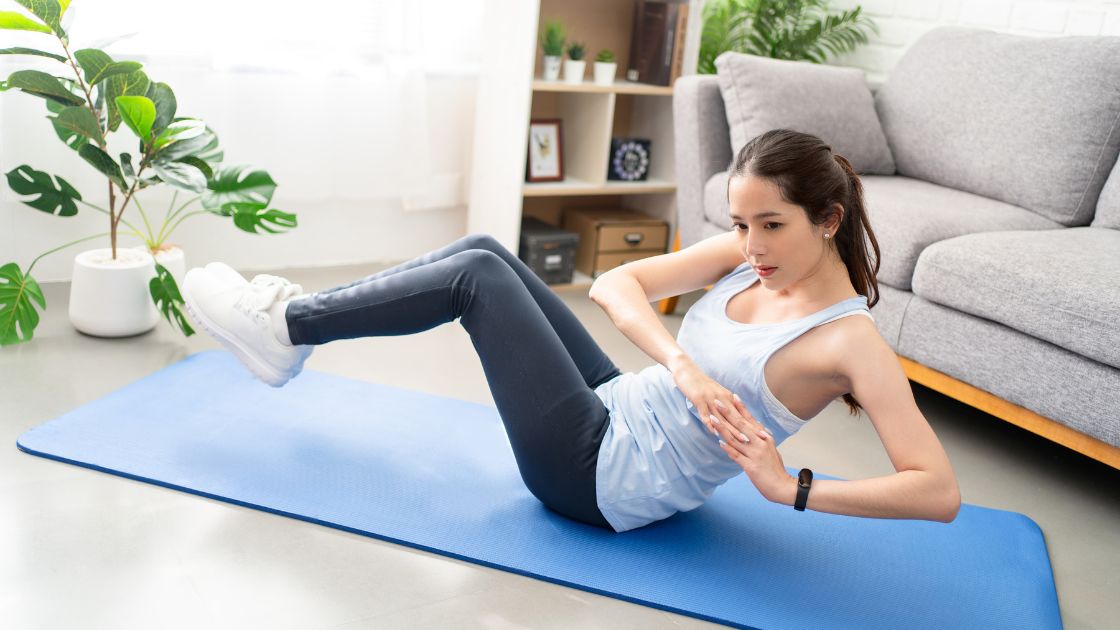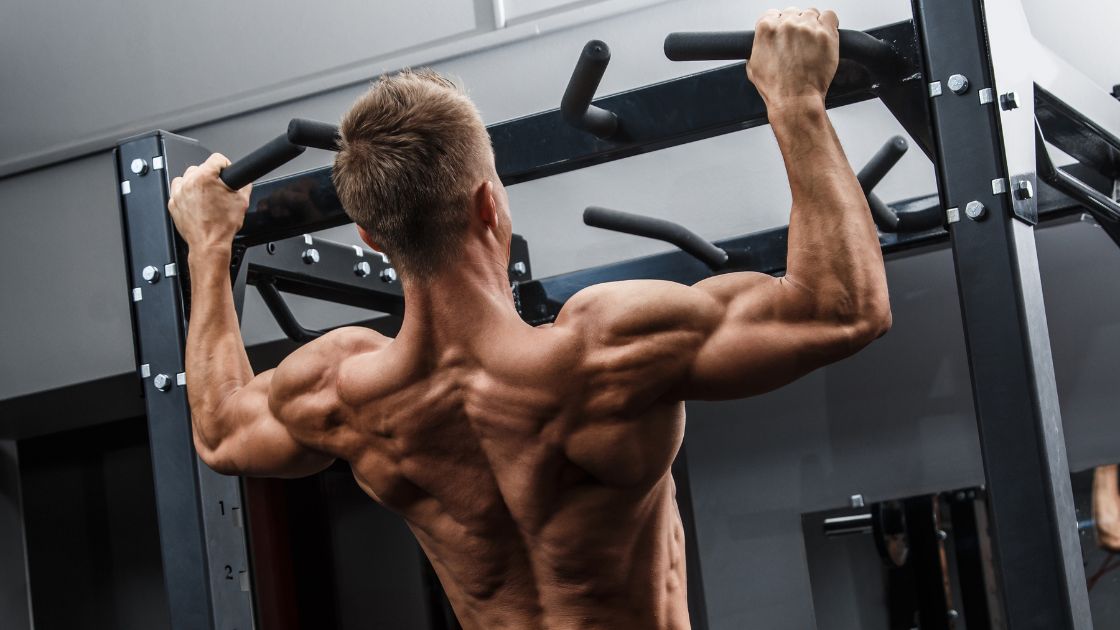Comfortable Clothing for Your Health
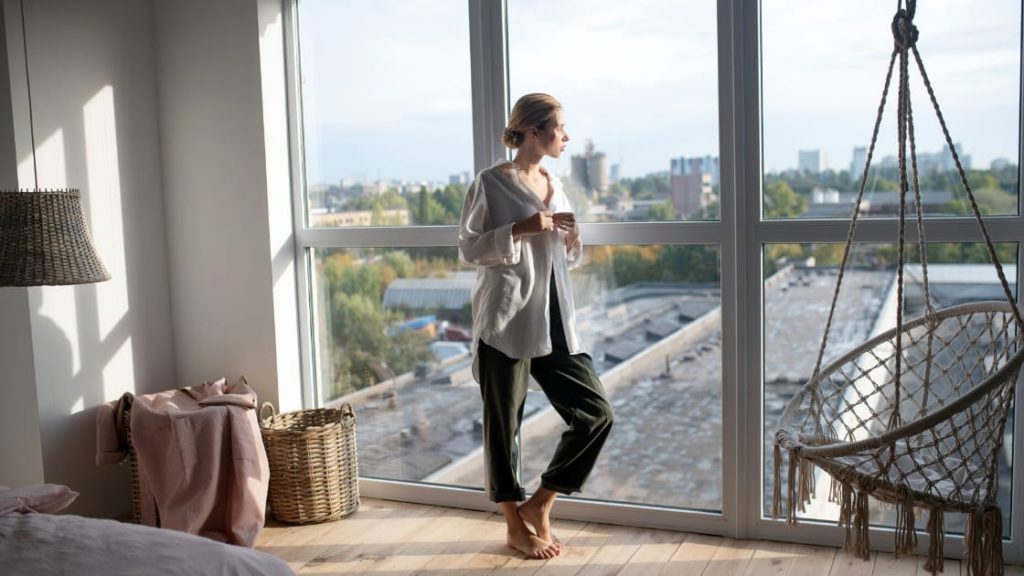
The state is reopening little by little! People are going back to work and we can support our favorite businesses again!
But, as I’ve mentioned in previous articles, many businesses are going to continue to struggle for at least a little bit longer. One of those businesses happens to be our gyms. It looks like some of them are starting to reopen in Colorado (unless the news I just read is inaccurate), but it’s unlikely that they’re going to be packed any time soon. Post-lockdown, sitting beside a heaving bodybuilder who’s drenched in sweat doesn’t sound so tantalizing. And being that heaving bodybuilder doesn’t sound so great either, right now. The idea of lifting a barbell while grunting through a medical mask has to be awful.
So, if your physical activity level has plummeted since quarantine began (like mine significantly did), try not to feel bad if you’re a little less in shape than previously. Fitness centers have been closed, it’s been hard or impossible to exercise outdoors, and healthier food choices may have been scarce for the last few weeks. Don’t beat yourself up.
Assess Your Physical Comfort Level
In addition to not beating yourself up, assess your physical comfort level. On a scale of loose to strangling, how comfortable are your clothes post-lockdown? (Remember, if they’re tighter now than they were before, you’re not alone — I’m right here with you!) I went from being a fulltime massage therapist who specializes in deep tissue… to the more sedentary blogger I am today. It doesn’t matter that I work out every day. Without my labor-intensive job, I’m nowhere near as active as I was. And now I don’t wear jeans.
Be Comfortable In Your Own Skin
But you know what? I’m ok with the whole no-jeans thing for right now. My goal is to get back on track slowly and healthily, and a large part of that process involves being comfortable in my own skin. And I’m not just talking about being emotionally comfortable in my own skin. Clothes that don’t fit can wreak havoc on your physical health too. Let’s talk about why that’s the case, and what you can do!
So, What Does it Mean To Wear Comfortable Clothing for Your Health?
Be Kind to Your Skin
I think all of us (at least women!) have seen those button-shaped imprints on our waists after wearing tight pants. It happens, and it’s usually not a big deal. But if it’s a regular occurrence and the imprints cause you pain, it can be a problem.
The physical discomfort — be it constricting, overheating, chafing, stinging, etc. — is enough to ruin anybody’s day. And if this happens often as a result of tight clothing, you very well may break your skin. This will leave you susceptible to infections and painful skin conditions, especially if you’re working out in these types of clothes — and double especially if you wear them long after your workout or for multiple days in a row. The bacteria you’re building up in constrictive clothes is digging directly into your skin, clogging your pores. And the sweat you produce is causing the constricted area to be warm and moist, creating an ideal environment for bacteria replication. Dermatitis, staph infection, folliculitis, tinea cruris (jock itch), yeast infection, and prickly heat among other conditions… yeah, you don’t want any of those.
In short, wet clothes and constriction aren’t a good combination. Constriction is bad for skin as it is, but especially when combined with sweat.
Be Kind to Your Organs
Did you know that constrictive clothing can harm your organs? This is something that really came to light when slimming bodysuits became a thing — even though corsets have been around since forever, so I guess nobody cared about organs until recently. Bodysuits, which contour the midsection and sometimes the thighs, provide the illusion of thinness while cutting off one’s circulation.
It doesn’t have to be a bodysuit, though. Your favorite pair of jeans can do this as well, if they’ve become too snug and you wear them often. Excessive pressure on your abdomen can squeeze your internal organs. The stomach is commonly affected, and digestive problems are a side effect. A heavily impacted stomach can push acid up into your esophagus, increasing the risk of gastrointestinal reflux disease, ulcers, and/or heartburn.
Be Kind to Your Nerves
Your skin and stomach aren’t the only ones hurting. When your thighs are suffocated by taut material, nerve compression can take place. Meralgia paresthetica, common among pregnant women as their bodies change, occurs when a nerve running from your abdomen to your thigh is compressed. Signs of the condition are numbness, tingling, and a burning sensation. If left untreated, it can interfere with your mobility.
Be Kind to Your Immune System
Lymph, the colorless fluid that neutralizes bacteria, needs a place to drop that bacteria in order for neutralization to occur. That neutralization place would be your lymph nodes, and you have clusters lymph nodes in your neck, armpits and groin. When clothing presses down hard on the lymph flow, the lymph can have trouble reaching the nodes. This will leave you less able to fight toxins in your body, making you prone to infection.
You’re probably seeing a lot of overlap in these sections.
Be Kind to Your Lungs
If your clothes are constricting on or near your ribs, your diaphragm may not be able to move properly. This can restrict your oxygen intake, leading to breathing difficulties.
I had a recent experience with this one. My workout tank top, which was already tight even before quarantine, gave me a near panic attack when I took off for a hike last week. I was so excited about the trails reopening, I didn’t notice how unhealthy my shirt was until mid-trail. Yep, I had chest pain and trouble breathing. We had to turn around and go home.
Don’t let your hike be ruined like mine was! If I’d have kept going, I think I would have passed out.
Be Kind to Your Mind
I have more experience with this one than I do with breathing problems.
When your clothes don’t fit the way they used to, it can really mess with your head. You can spend too much time in the mirror, dissecting every inch of your appearance, feeling rotten for letting yourself go. And even without a mirror, the physical discomfort by itself can make you sad, agitated, anxious… pretty much any negative emotion you can think of.
That obsession with fitting back into old clothes can be seriously damaging. When you don’t get results as immediately as you’d like, you put yourself at risk for body image-related disturbances. Body dysmorphia can turn into a full-blown eating disorder if it goes unchecked. I’m pretty open about having struggled with those in the past. (I better be, considering I have a tattoo of the eating disorder recovery symbol!) I wouldn’t wish what I went through on anybody.
Having had my experience, let me tell you this: wearing loose clothes that fit post-weight gain will improve your mood. It might not improve it by a whole lot, but you’ll feel a lot better than you did when you were squeezing into your old stuff. If and when your old clothes fit again, that’s the time to wear them! For now, dress comfortably. Your mind and body will thank you.
Tips to Stay Comfortable
- Consider hanging your clothes to dry
- Little by little, your dryer is eating your clothes. With time, they will shrink.
- Do some stretches or yoga first thing in the morning
- If your clothes did just come out of the dryer, do some stretches right after you put them on! This will loosen up all that staleness caused by the dryer. You’ll be much more comfortable!
- Don’t get rid of bigger clothes right after weight loss
- Should you gain a little bit of weight back, your lack of comfortable clothes can be triggering. It’s normal to have ups and downs.
- If doesn’t fit, don’t buy it
- I know what it’s like to see a size 2 and think “If I just work really hard, I’ll fit into these in a month!” And guess what? I haven’t been a size two since middle school. You’ll make yourself crazy. If the number on the tag is getting to you that badly, just cut it off.
Be happy, be healthy, and be comfortable!
Written by: Katrina Jenkins, LMT
Photo Credit: Canva
Resources:
“Common Causes of a Rash.” Dr Jonathan Bowling, mydermatologist.co.uk/got-a-rash/common-causes-of-a-rash/.
“Shapewear Comes with Health Risks If Worn for Too Long.” Los Angeles Times, Los Angeles Times, 17 Apr. 2015, www.latimes.com/health/mind-body/la-he-spanx-danger-20150418-story.html.
“Meralgia Paresthetica Management and Treatment.” Cleveland Clinic, my.clevelandclinic.org/health/diseases/17959-meralgia-paresthetica/management-and-treatment.

